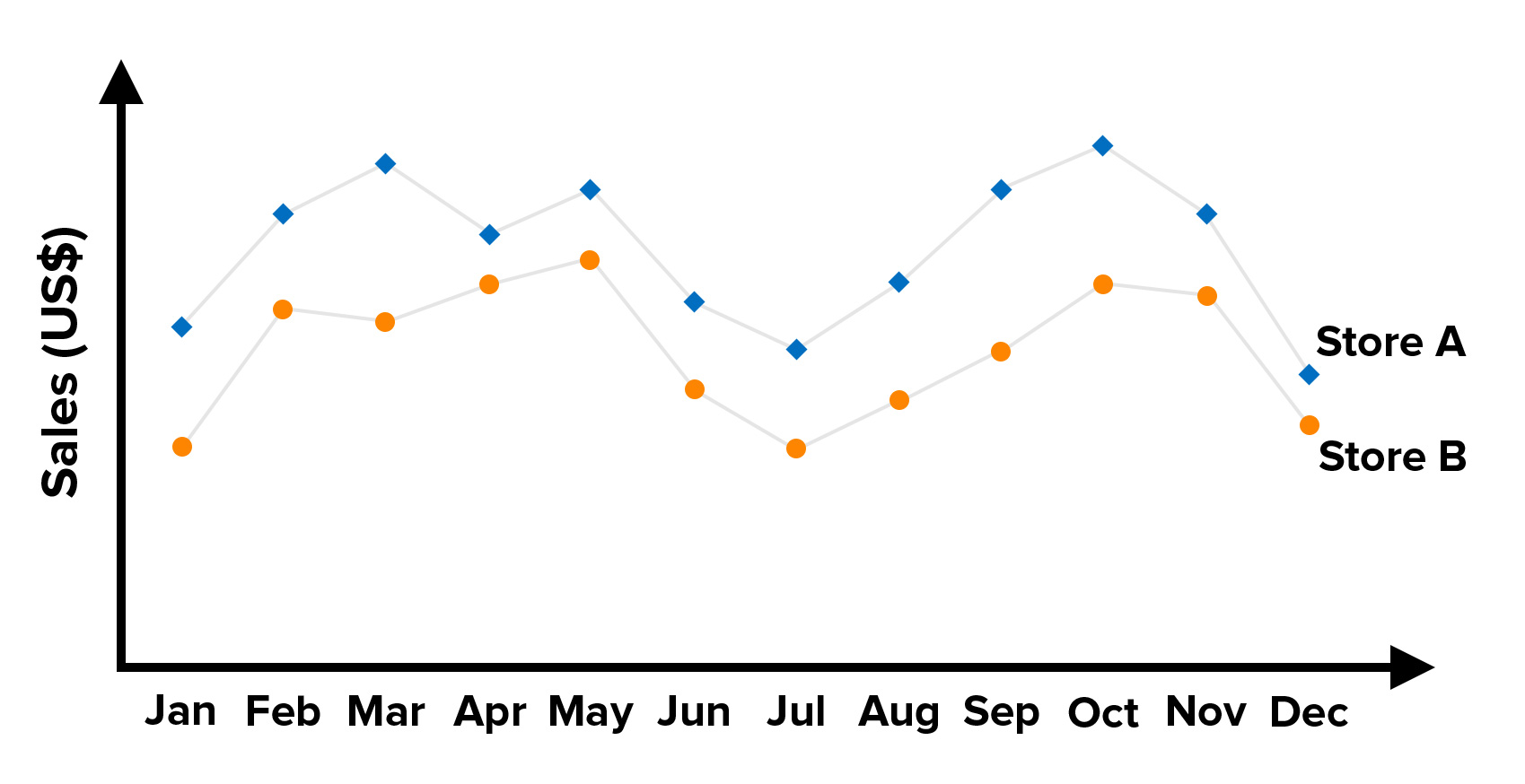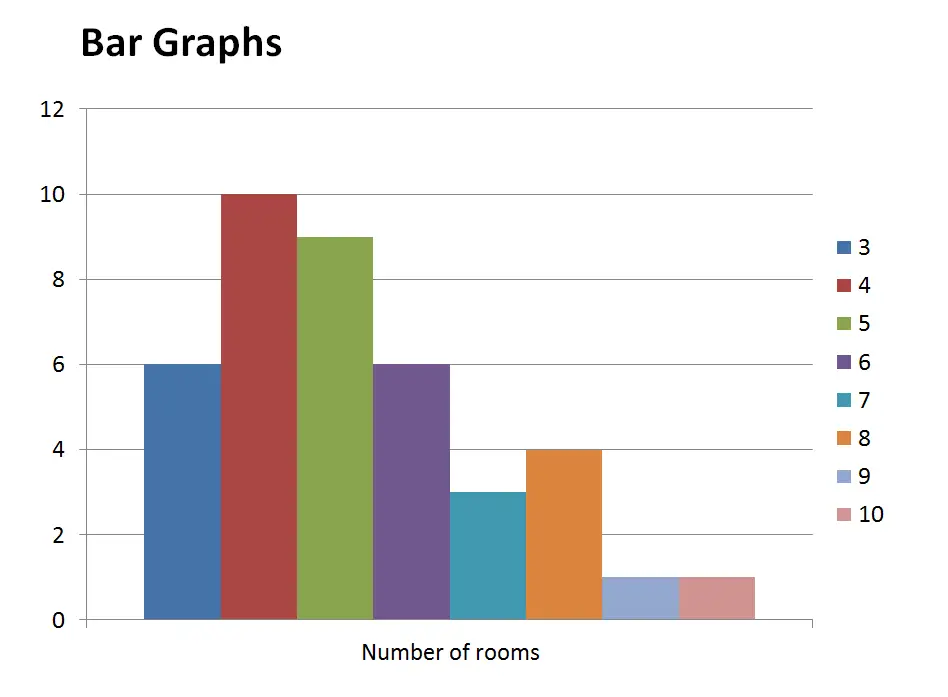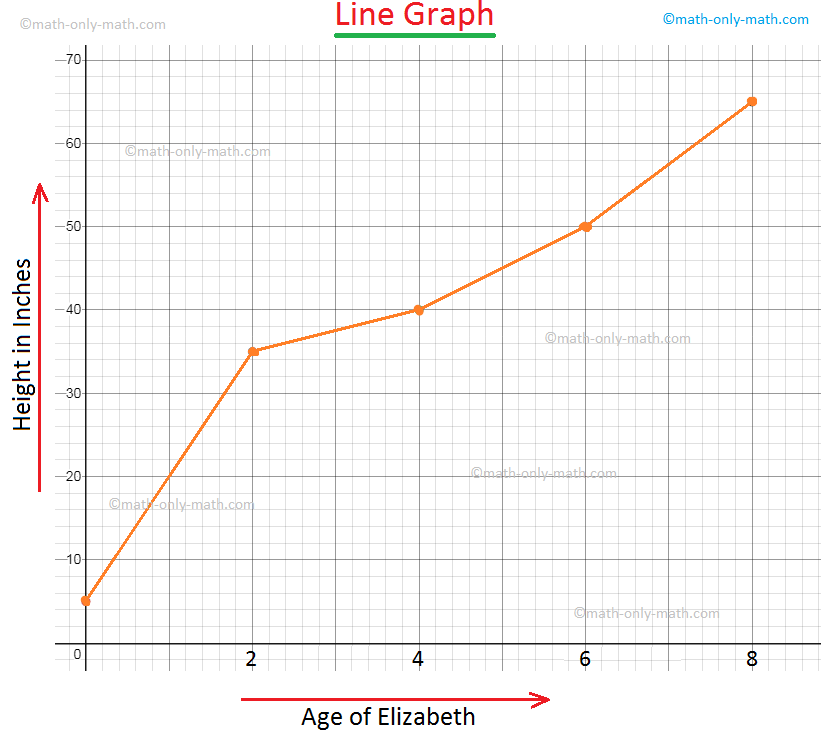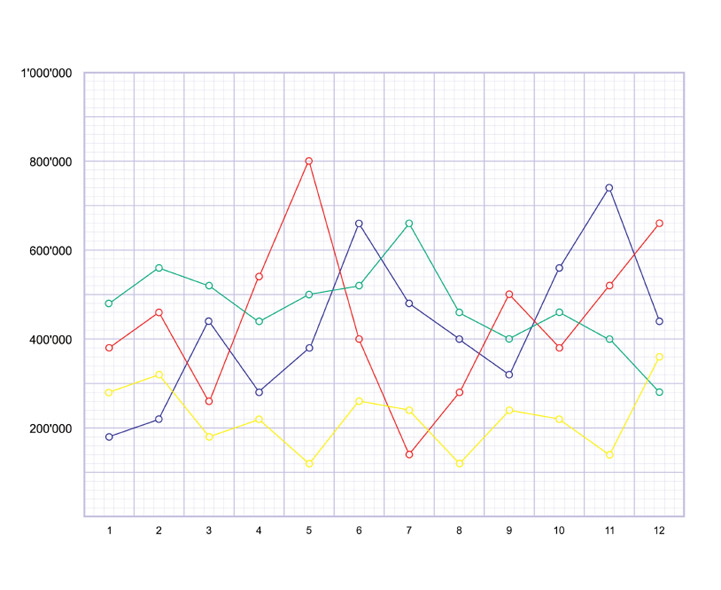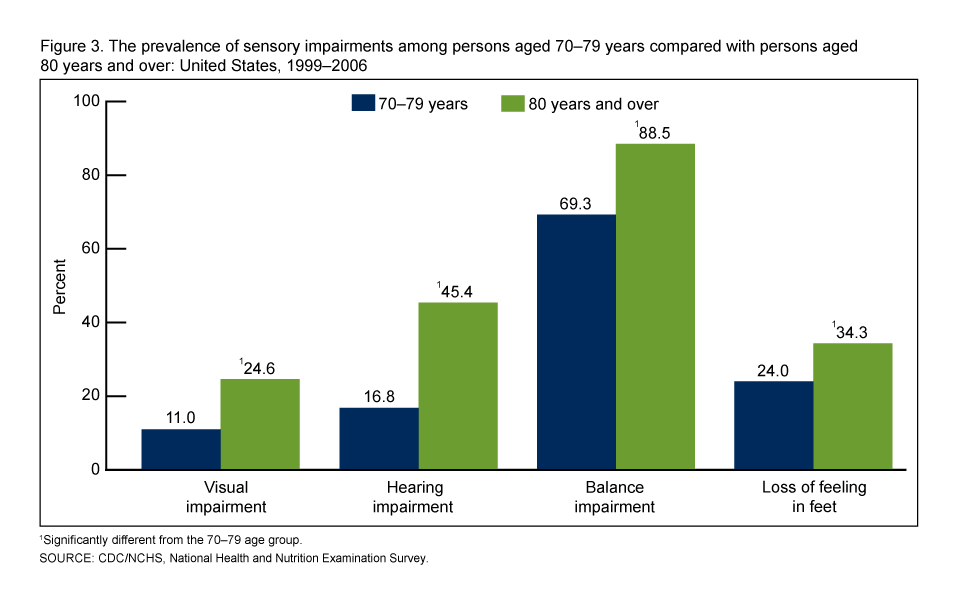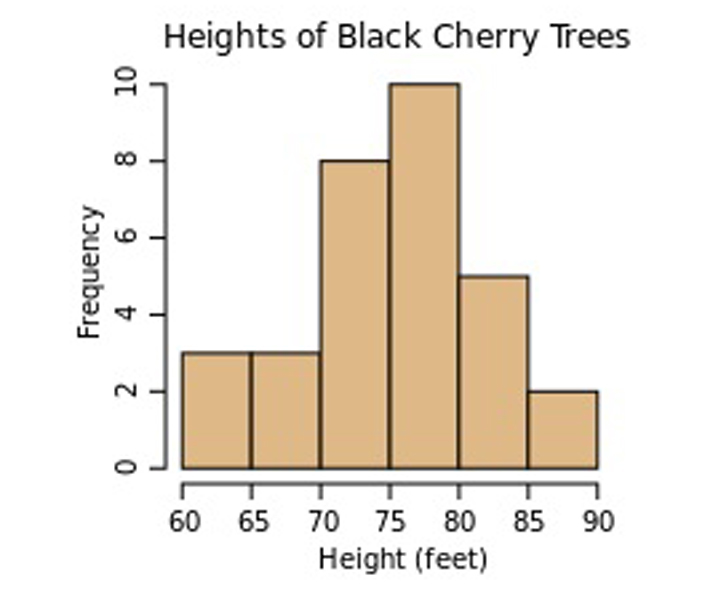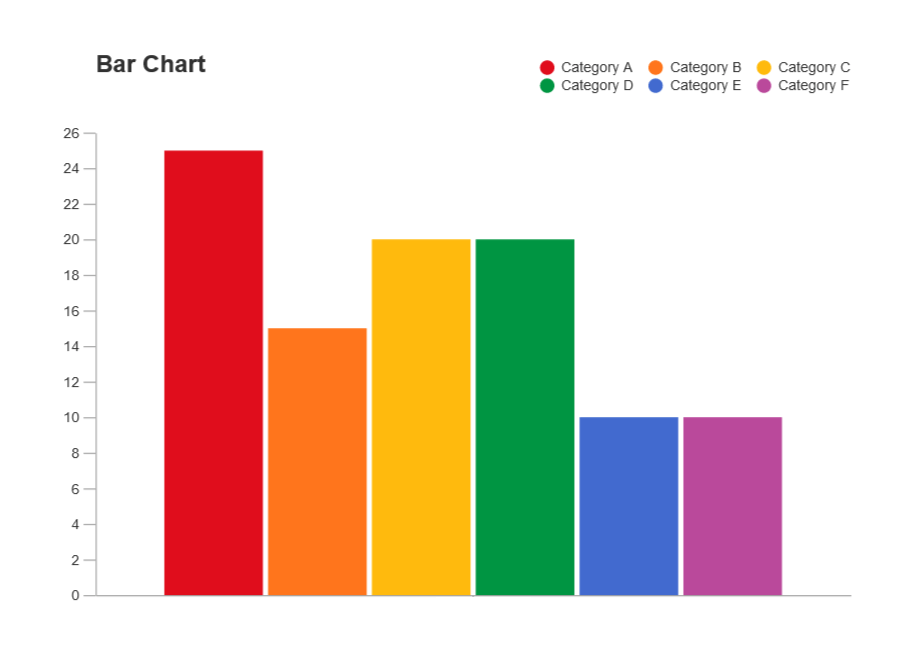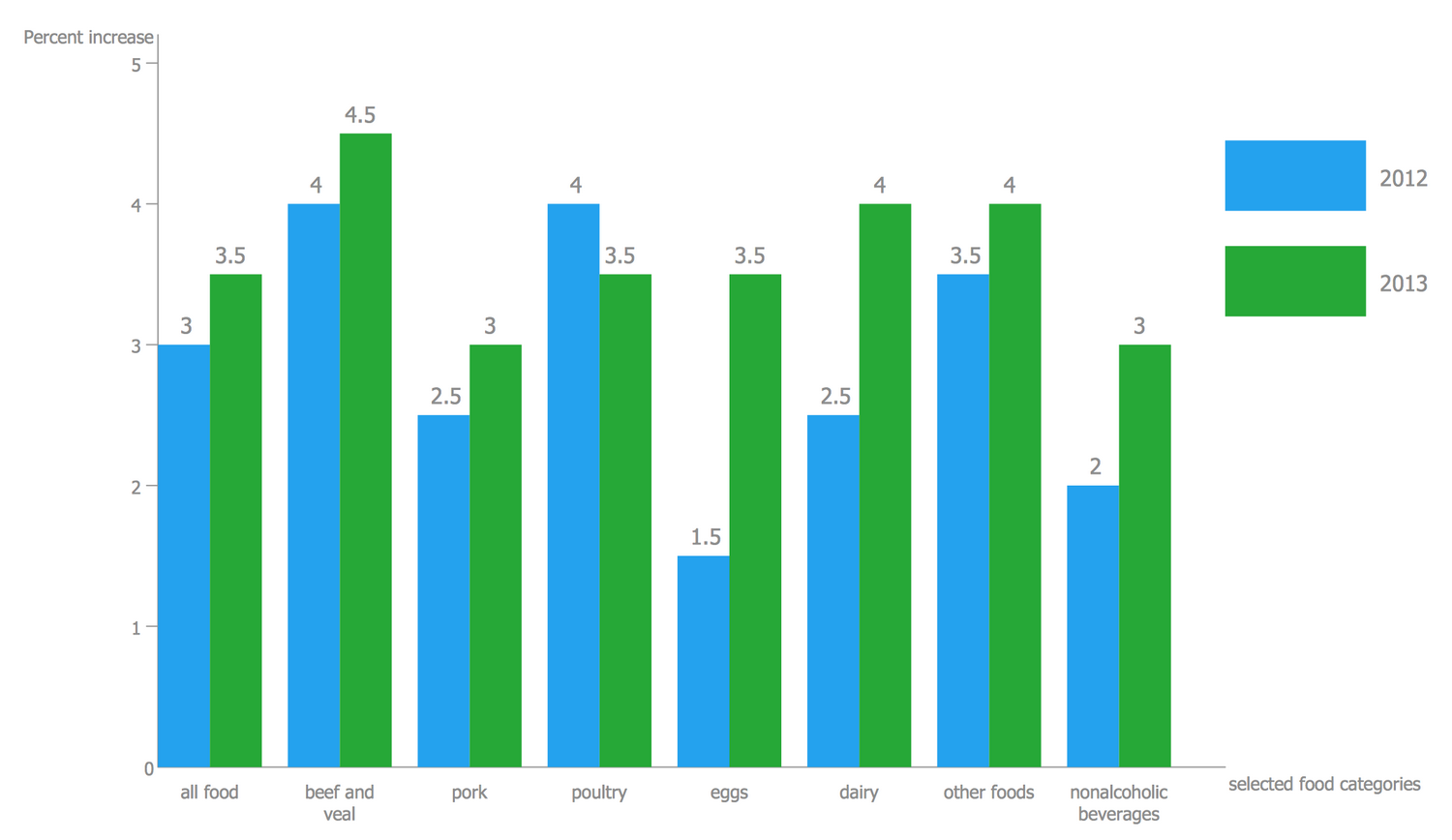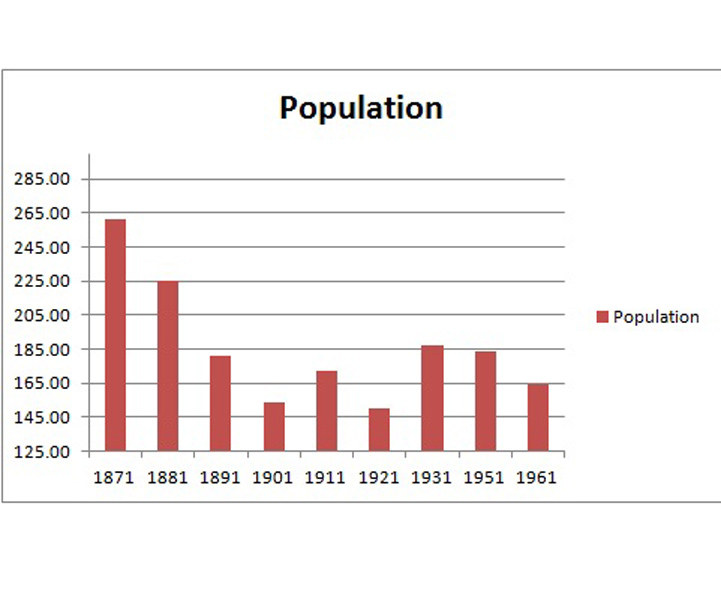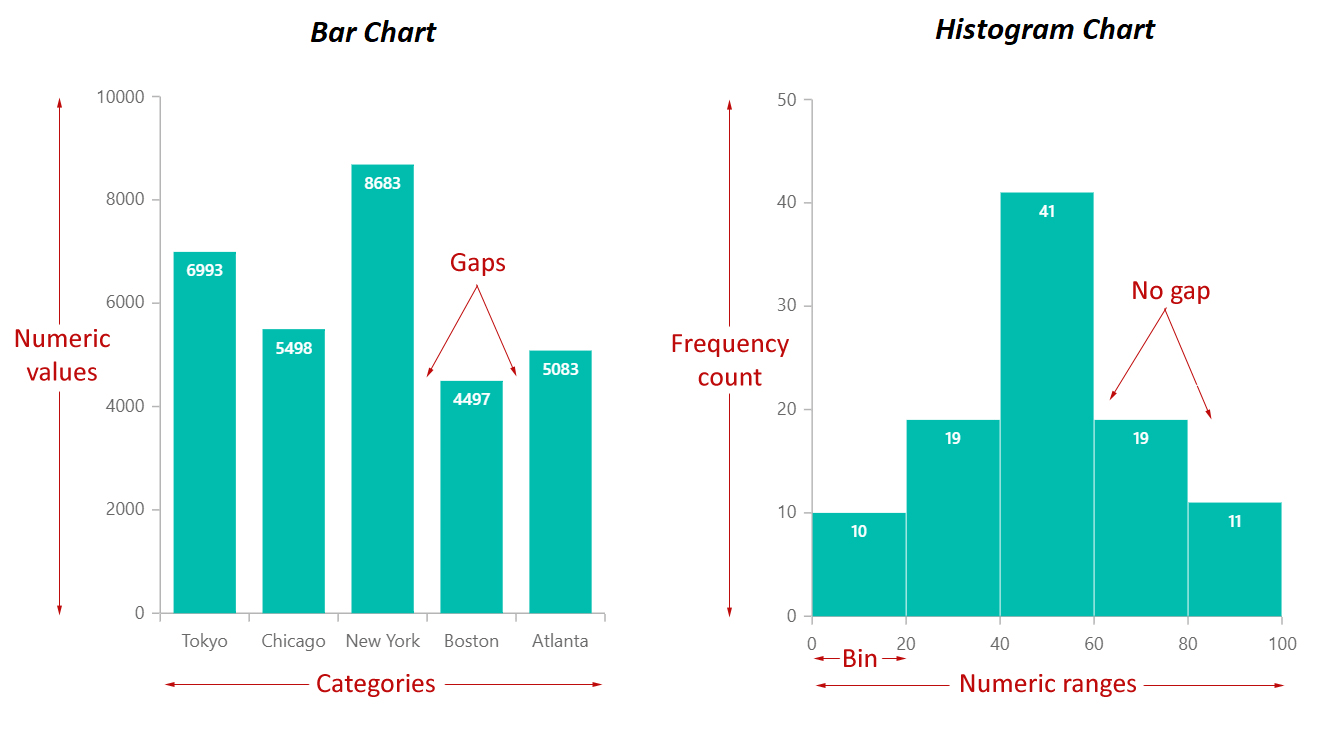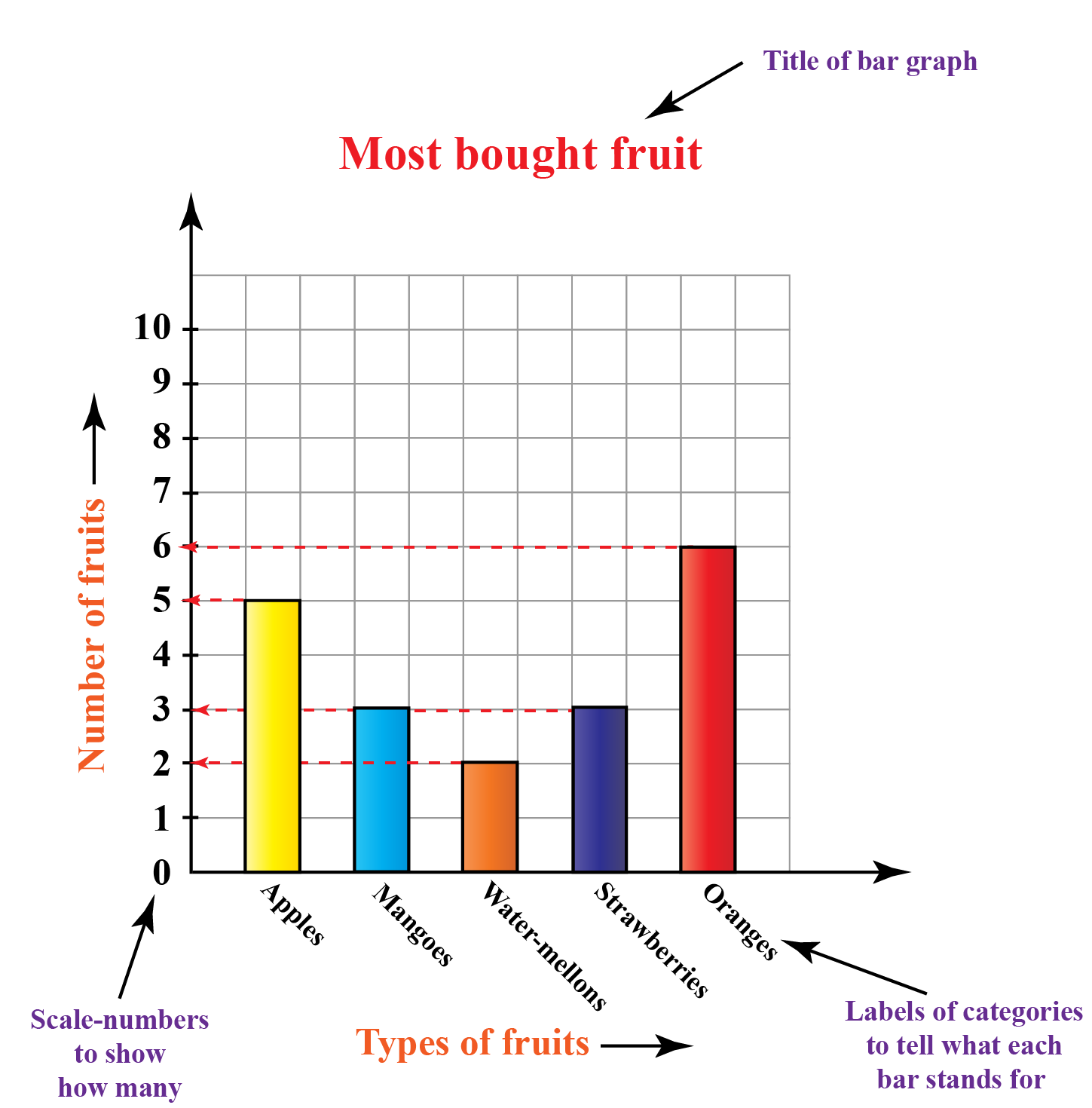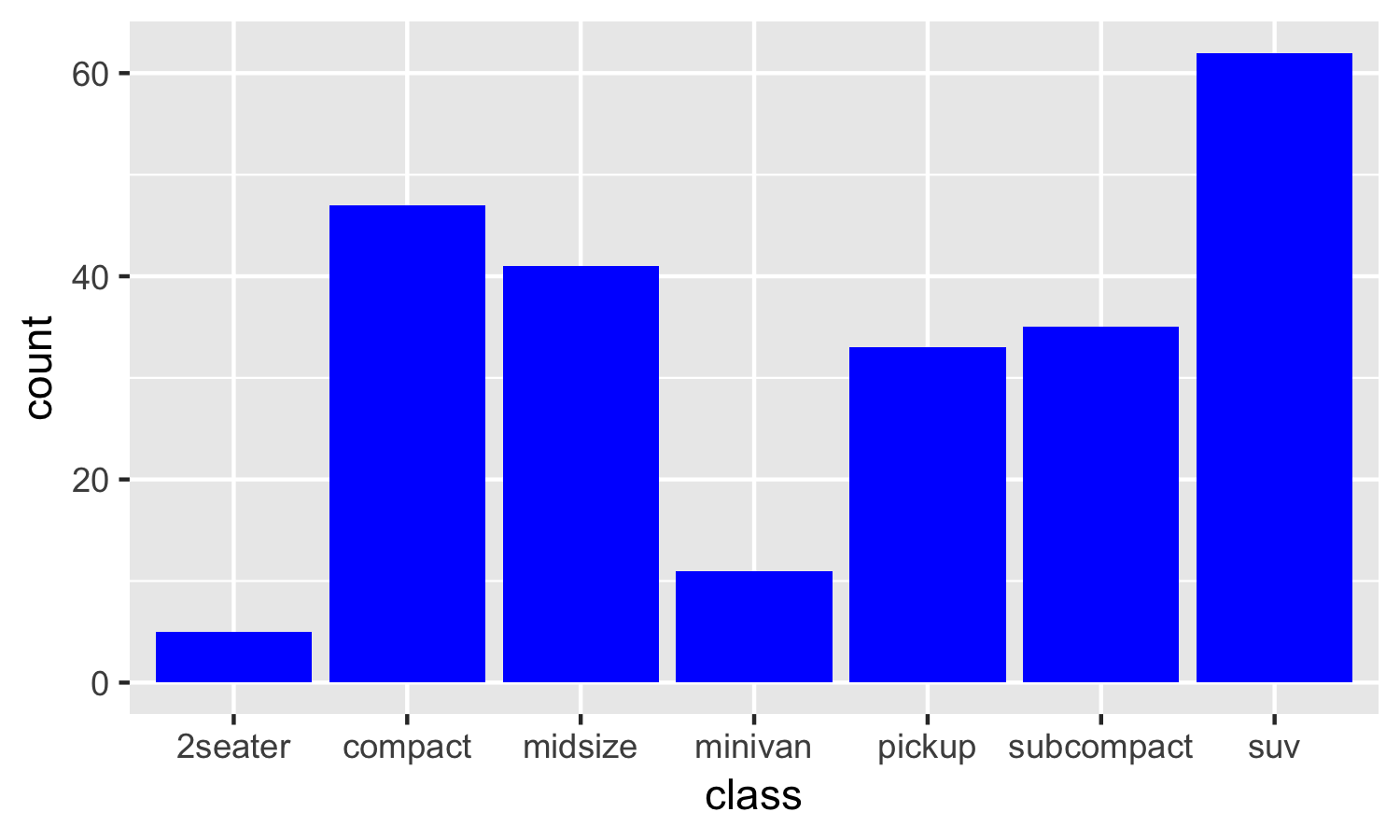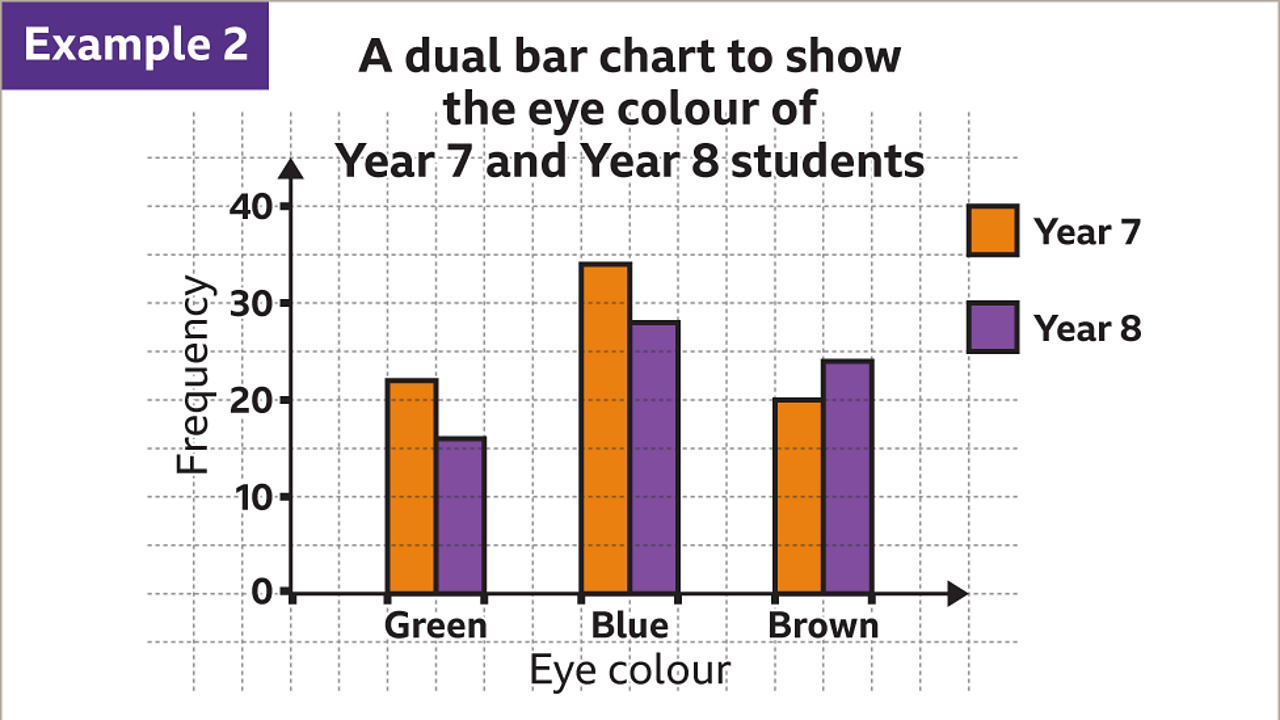Brilliant Tips About Why A Bar Chart Is More Appropriate Than Line Graph To Show Relationship Move Axis Bottom Of Excel

For bar charts that depict summary statistics, the line chart is the closest relative.
Why a bar chart is more appropriate than a line graph to show relationship. Photo by morgan housel on unsplash. They can also track changes over the same period for multiple groups. A bar chart—science has shown that we are better at assessing differences in length than angle and area
Line graphs are useful for displaying smaller changes in a trend over time. Bar, stacked bar, column, and stacked column charts are commonly used to visualize relationships between categorical data sets. Bar charts work well to show differing categories.
Bar charts highlight differences between categories or other discrete data. The bars in a bar chart are usually separated by small gaps, which help to emphasize the discrete nature of the categories plotted. Whenever you hear that key phrase “over time,” that’s your clue to consider using a line graph for your data.
Bar graphs show data with blocks of different lengths, whereas line graphs show a series of points connected by straight lines. This leads to a very different appearance, but the biggest difference is that bar graphs are more versatile while line graphs are better for showing trends over time or another measure with a logical. Bar charts are not useful for displaying continuous data, such as temperature or time.
By visually representing the interdependencies and associations, relationship charts provide a clear and concise way to comprehend the intricate dynamics between the variables being examined. The graph usually compares different categories. On the other hand, for discrete or categorical data, a bar chart is more suitable, as it allows for.
Histograms, on the other hand, are subject to rigid rules. Line and bar graphs application. The purpose of a graph is to show a representation of numerical facts in visual form so that they can be understood quickly, easily, and clearly.
If the variable we want to show on the horizontal axis is not numeric or ordered, but instead categorical, then we need to use a bar chart instead of a line chart. Bar charts of continuous data with error bars are. Bar charts, contrastingly, use horizontal or vertical bars to compare discrete variables or categorical data across groups—think snapshots of data at a standstill.
Bar charts are ideal for comparing individual groups or categories. Use bar charts to do the following: What is a bar chart?
In fact, your default choice should probably be a bar chart. When to use a bar graph. Limited use for continuous data:
With so much data, it’s become increasingly difficult to manage and make sense of it all. This is because line graphs are used to make a direct link between the data points. If the variables are not continuous, a bar graph is probably more appropriate.
